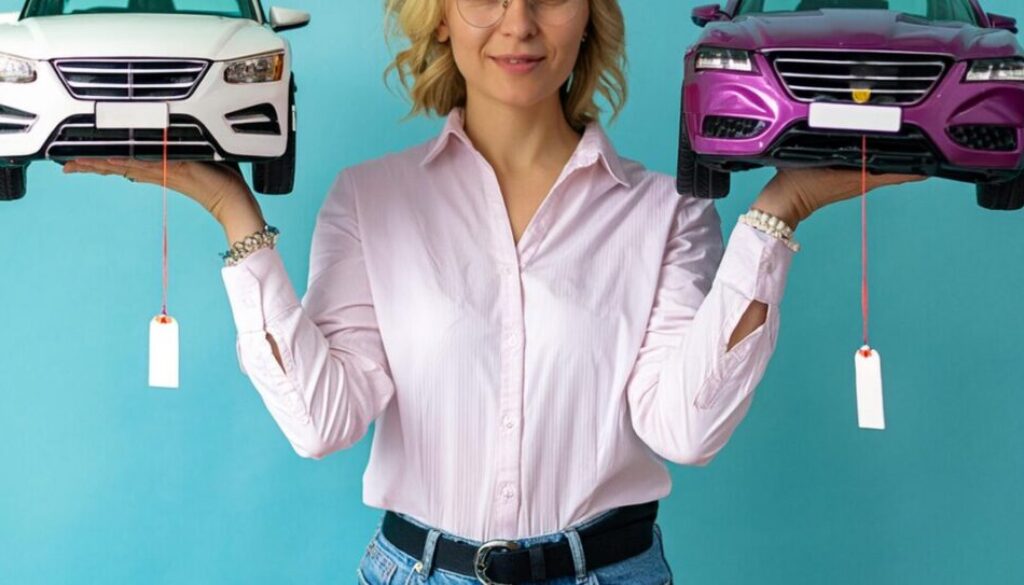Skyrocketing auto insurance costs send consumers shopping
The days of “set it and forget it” auto insurance for consumers are long gone as the spiraling price of policies has made smart insurance shoppers out of a huge percentage of car owners, according to recent surveys.
Unfortunately, finding a better deal is becoming increasingly difficult as the price of auto insurance from carrier to carrier seems to rise and fall in unison (are you listening FTC?) and mostly rise.
The average cost of auto insurance in the U.S. is up 22.2% year over year through the end of February, more than any other category of household expenses measured in the U.S. Department of Labor Statistics Consumer Price Index. And, for the first time, auto insurance prices have become a significant driver of the consumer price index and major contributor to the nation’s inflation rate.
49% are actively shopping
All this has sent more people shopping for auto insurance. A new J.D. Power study found that the notable increase in premiums, combined with lackluster customer satisfaction, is putting more insurance customers into the market for a new policy than ever before. Nearly half (49%) of U.S. auto insurance customers say they are actively shopping for a new plan.
“The first quarter of this year, we’re seeing the highest shopping we’ve seen in the four-year history of our daily shopping tracker,” said Stephen Crewdson, senior director, insurance business intelligence at J.D. Power. “While people took the second half of last year off – because they previously shopped and found new policies – they’re coming back vengeance this year.”
However, Crewdson said, with rising premiums and fewer insurers explicitly offering usage-based insurance—or UBI plans—during the quoting process, insurance shoppers are not finding many good alternatives to what they already have. While almost half of those surveyed said they went shopping, just 29% said they switched carriers.
Premiums ‘aren’t likely to come down’
“And what’s even scarier for consumers, is that while the premium increases may slowdown in the next year, the premiums aren’t likely to come down.” Crewdson said. “It’s just the increases will pull back a bit. So, the households that are under pressure right now paying their auto insurance premiums, are going to continue to feel that pressure most likely.”
On the customer satisfaction front, the average overall satisfaction among auto insurance shoppers is essentially “meh” – 676 (on a 1,000-point scale).
“Many customers (56%) told us they have a favorite insurer in mind when they begin shopping,” Crewdson said. “If you’re the insurer who is that favorite, there’s a massive increase in your ability to win that business with the customers.”
Still, the big-name auto insurers did not top the list of those with the most satisfied customers, according to J.D. Power.
Erie Insurance ranked highest among large auto insurers in providing a satisfying purchase experience, with a score of 730. Automobile Club of Southern California (AAA) (705) ranked second and American Family (702) ranked third.
Top carriers sell through agent model
“If you look at the leaders, you see a tendency for those carriers to sell through an agent model, whether that’s an independent or a captive agent,” Crewdson said. “So predominantly the top carriers are selling through an agent model. But if you looked at the growth of someone like Progressive or Geico over the last few years, you would say, okay, well, they have an average satisfaction score, but it hasn’t necessarily hurt their growth.”
Those big carriers have shorter term retention losses compared to those that do a better job of satisfying and retaining customers, Crewdson said.
“So, they need to keep acquiring faster to keep up with the losses, while an Erie who, all else being equal, with a higher new buyer satisfaction score should be able to retain those new customers a little better,” he said.
Other findings
Other findings in the J.D. Power 2024 U.S. Insurance Shopping Study include:
• Electric vehicle (EV) owners are less satisfied with the auto insurance purchase experience than are customers insuring gasoline-powered vehicles. The average purchase experience satisfaction score among EV owners is 663, which is 16 points lower than the average score among owners of gas-powered vehicles. This gap is attributable to lower satisfaction with the quote process and price of the policy because EVs are typically more expensive to insure than comparable gas-powered vehicles.
• UBI programs, which use telematics software to monitor an insured’s driving style and assign rates based on safety and mileage metrics, were only offered to 15% of insurance shoppers this year, down from 22% a year ago and 20% in 2022. Customers enrolling in UBI programs show just a 6-point increase in price satisfaction in 2024, which is down considerably from a 32-point difference in 2023.
• More than one-third (35%) of auto insurance customers say they are interested in embedded insurance, a form of auto insurance that is provided directly through the automobile dealer or manufacturer.
• State Farm and Progressive show increases in customer yield through the customer acquisition funnel while GEICO’s acquisition funnel narrowed this year. Accordingly, State Farm and Progressive show gains in market share in this year’s study, while GEICO’s share is down.
The J.D. Power study is based on responses from 10,003 insurance customers who requested an auto insurance price quote from at least one competitive insurer in the previous six months. The study was fielded from March 2023 through January 2024.
Doug Bailey is a journalist and freelance writer who lives outside of Boston. He can be reached at doug.bailey@innfeedback.com.
© Entire contents copyright 2024 by InsuranceNewsNet.com Inc. All rights reserved. No part of this article may be reprinted without the expressed written consent from InsuranceNewsNet.com.
The post Skyrocketing auto insurance costs send consumers shopping appeared first on Insurance News | InsuranceNewsNet.




